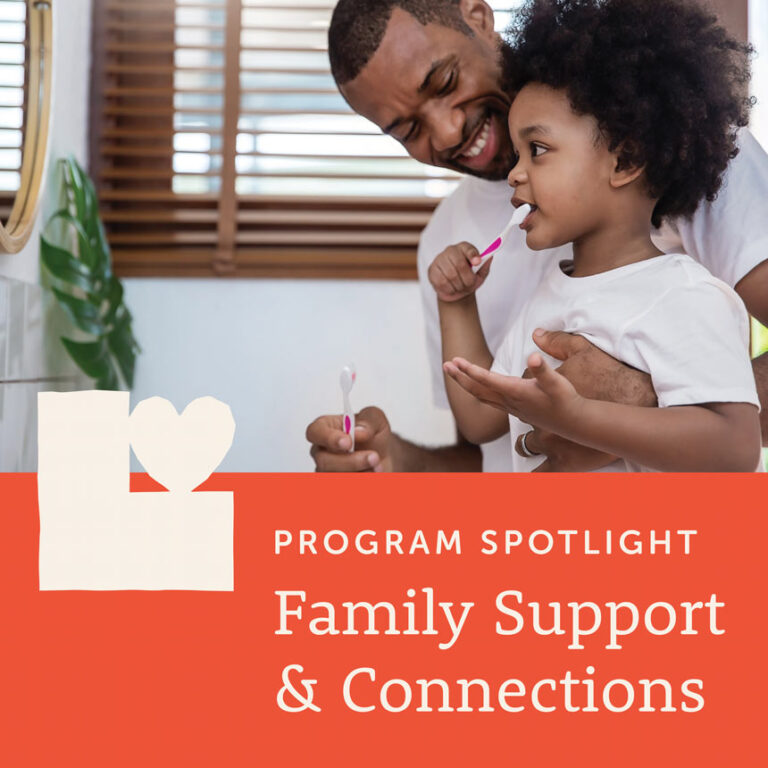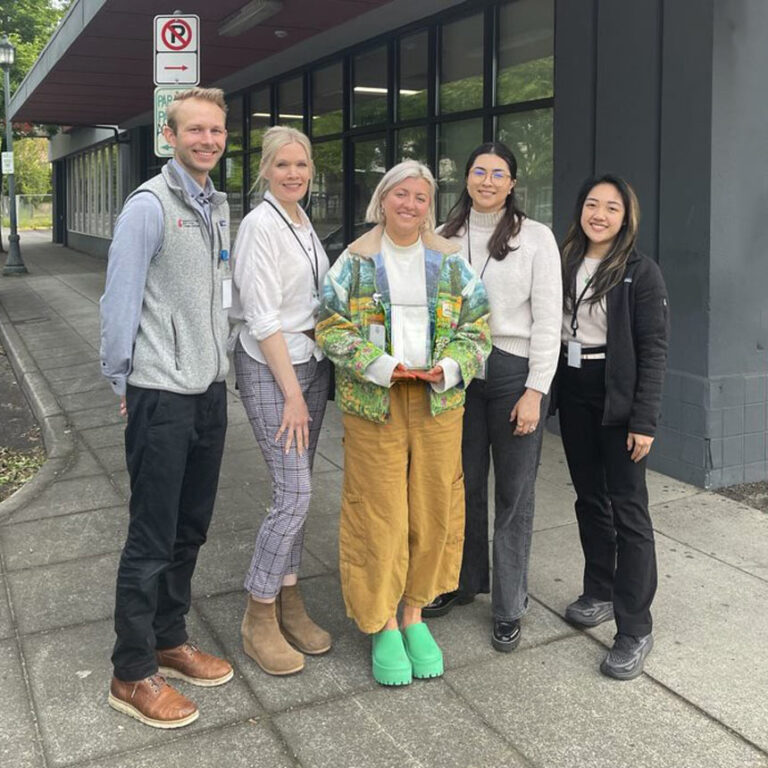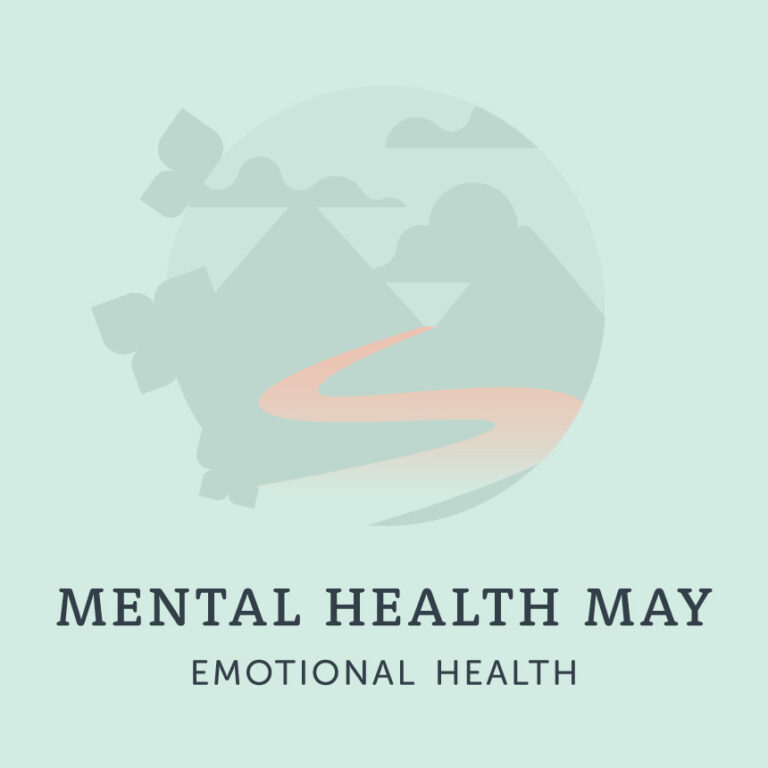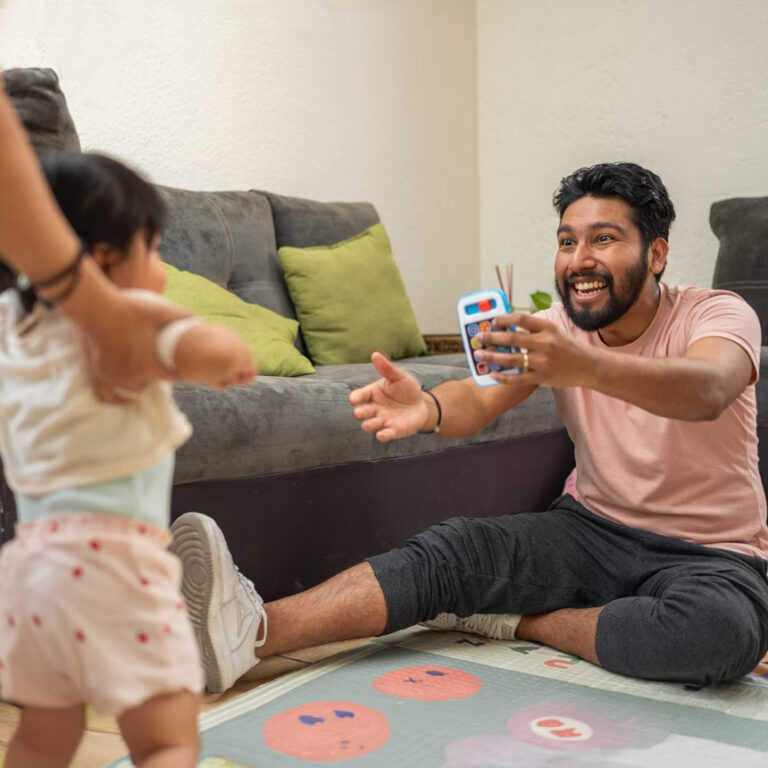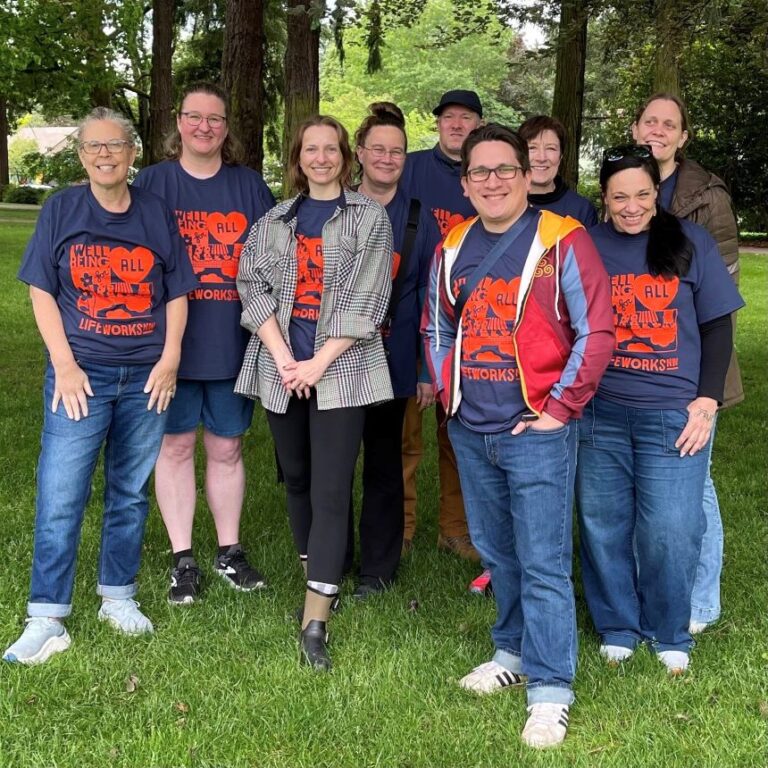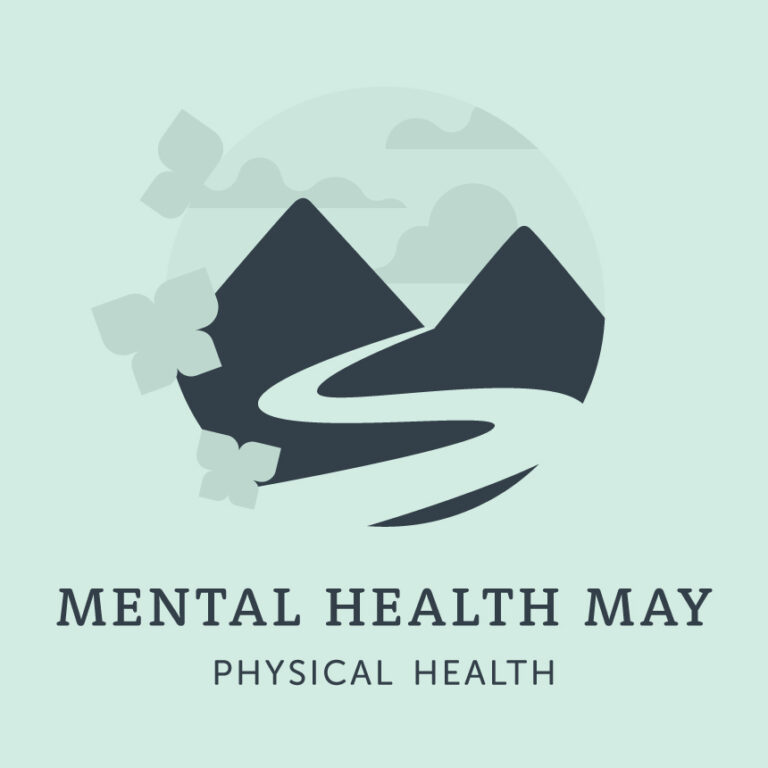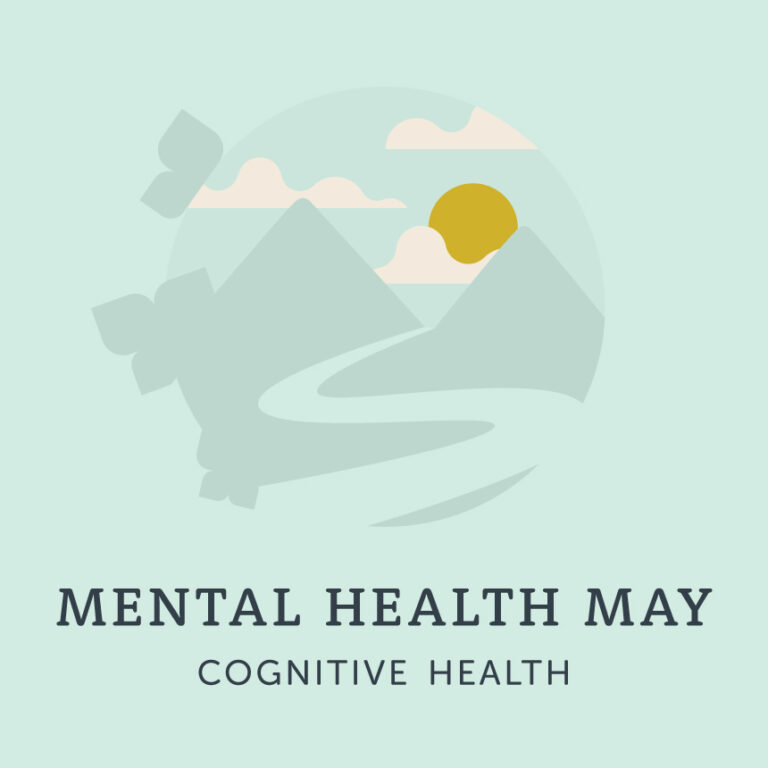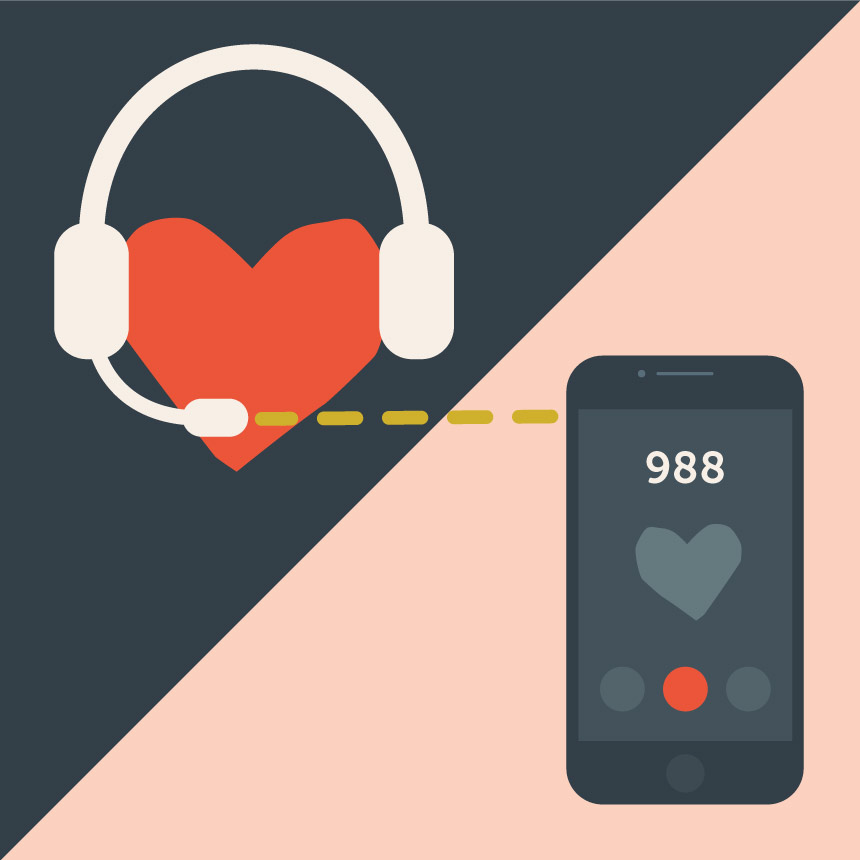
Have you heard of 988 yet? It’s a national hotline that went into effect in 2022. In a recent Pew poll, nearly 70 percent of Americans surveyed had heard of it, but few understood how it works.
You might think calling the lifeline would bring an in-person response, like 911 does. Not so. Instead, 988 connects you to a counselor trained to help those in a mental health crisis. That counselor is trained to dispatch on-scene resources only when needed, not for every call, the way a 911 dispatcher is trained.
LifeWorks NW clients have additional access to crisis resources through the Lines for Life service. For incidents that occur in the community, calling 988 will connect you to a crisis-trained representative who can provide you with information and resources.
“While we still have Lines for Life for our clients, we’re excited to have a simple way for community members to easily access urgent care that supports them in their time of need,” said Katy Beveridge, Vice President of Operations. “We’re looking forward to finding ways to incorporate 988 into our client communications, safety plans, and more.”
You can call or text 988 to be connected to a trained counselor at a crisis center closest to where you’re located, says the Substance Abuse and Mental Health Services Administration (SAMHSA). If a local crisis center is too busy to respond right away, the call gets routed to one of 16 backup centers around the country.
Calls are answered in about 30 seconds, according to SAMHSA’s published performance metrics. The current answer rate is 90 percent (combining calls, texts, and emails). Total contact time averaged 13 minutes for phone calls, to 47 minutes for texts.
Advocates said the three-digit number would be easier to remember, and more likely to be used. They were right. In its first year of operation, 988 calls jumped by 33 percent over the National Suicide Prevention hotline, whose calls are now routed to the 988 network.
SAMHSA says only two percent of the 8 million calls received to date have been routed to law enforcement, and only when harm seemed imminent. Concerns persist that calling for help might result in a law enforcement response or expensive health care bills, so it’s important that we all understand how 988 operates.
Oregon is one of a handful of states that instituted a telecommunications fee to support the lifeline, adding $26 million during 2023-25 specifically to support 988, in addition to more than $118 million for mobile crisis Intervention Services and Community Mental Health Programs.
While the initial flurry of publicity at the 988 launch has subsided, it’s important to keep getting the word out that 988 is a safe way to get help in a mental health crisis.




